
Goju-kobujutsu 剛柔古武術Goju-ryu Influenced Classical Japanese Martial Art is managed by the Kokusai Goju-kobujutsu Kenkyukai 国際剛柔古武術研究会 International Goju Classical
Martial Art Research Society which is a department of the Sekai Kushindo Kobujutsu Kenkyukai 世界空神道古武術研究会 World
Kushido Classical Martial Art Research Society.
Goju-kobujutsu is a
companion art to Goju-kenpo, the traditional Ceberano-ha Goju-ryu karatejutsu method and Goju-kalis, the Goju-ryu influenced method of Filipino Martial Arts.
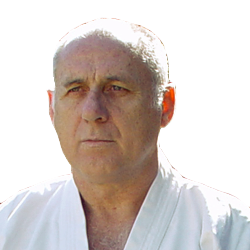

John COLLETT Shihan is the technical leader for Goju-kobujutsu under Ceberano Hanshi's direction with technical assistance from Professor Raymond LEA, Saiko Shihan of the Kokusai Jujutsu Kenkyukai.
John COLLETT Shihan
Professor LEA
Goju-kobujutsu
was developed to provide Goju-ryu Karateka 剛柔流空手家 Goju-ryu Karate
Practioners with a
broader, deeper view of the martial arts in order to enhance the skills that
they have acquired through their karatejutsu training.
Goju-kobujutsu
contains many of the technical features that are found in traditional Nihon
Koryu Jujutsu日本古流柔術Classical Japanese Jujutsu, which were typically
established before 1868, and
other similar Japanese martial traditions.
Karateka
may begin training in Goju-kobujutsu once they have achieved proficiency at the Karatejutsu Shodan 空手術初段 Black Belt 1st Dan level; actually students may begin training before
this time with the permission of their Dojocho 道場長 Dojo Leader, however, they will not be able to be formally
certified in Goju-kobujutsu until they have been certified as Yudansha有段者Certified
Black Belt holder in
Goju-ryu Karatejutsu unless otherwise authorised by the headmaster.
Goju-kobujutsu
includes the following skills and methods:
1. Reigi-tadashiku 礼儀正しくCorrect Courtesy
or Etiquette
2. Chosei-shuho 調製手法 Preparatory Methods
a. Junbi Undo 準備 運動 Preparatory Exercises
b. Ukemi-waza 受身技 Falling and Tumbling Techniques
3. Yawara-shuho 柔手法 Methods of Flexibility
a. Nage-giho 投げ技法 Throwing Skills
b. Aiki-giho 合氣技法 Entering to control Skills
4. Jiei-shuho 自衛手法 Self-defence Methods
a. Hazushi-giho 外し技法 Avoidance Skills
b. Kougekiuke-giho 攻撃受け技法 Skills for Receiving an Attack
c. Tenshin-giho 転進技法 Footwork Skills
d. Goshinjutsu 護身術 Self-defence
i. Sude-kogeki 素手攻撃 Self-defence:
Unarmed Attack
ii. Buso-kogeki 武装攻撃 Self-defence: Armed Attacker
iii. Jokyo Teki Jiei 状況的自衛
Situational Self-defence
5. Osaekomi-shuho 押え込み手法 Methods
of Control
a. Katame-waza 堅め技 Joint and Limb Locking and Holding Techniques
b. Kejime-waza 血絞め技 Techniques for Constricting Blood and Air Flow
6. Kuatsu-shuho 活生手法 Resuscitation Methods
a. Kuatsu 活生 Northeast Asian Methods of Revival
b. Oukyuteate 応急手当 First Aid
c. Keiketsu o Mitsukeru 経穴を見つける Point Location
d. Hakuda Kenpo 魄打拳法 Lethal Atemi or Striking – Literal: Soul Hit Fist Method
7. Buki Heiho 萬國武器兵法 Weapons Methods
a. Jojutsu 風歌杖術 100cm - 120cm Short Stick Art
b. Shujojutsu 手杖術 Walking Stick Art
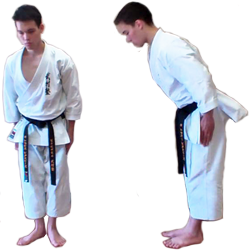

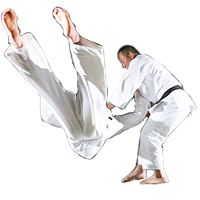
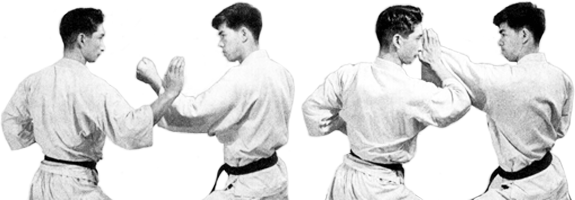

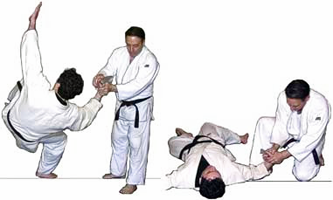
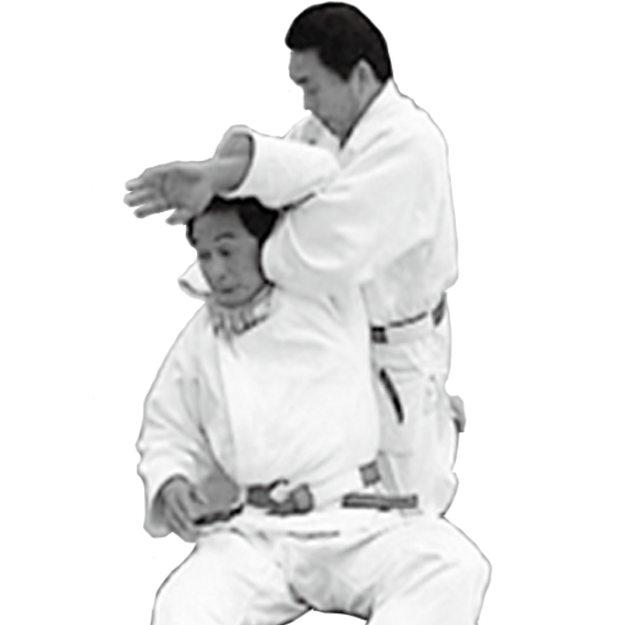
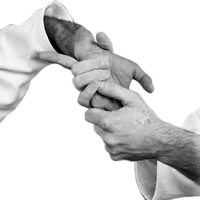
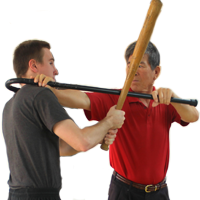
As
students’ progress through their Goju-kobujutsu training they will be qualify for progress
awards called Densho no Maki 伝書の巻物 Scroll of Transmission. The Goju-kobujutsu levels are:
1. Okuiriden no Maki 奥入伝の巻き Entry
into the Tradition
2. Okuden no Maki 奥伝の巻き Internal
Transmission
3. Gokuiden no Maki 極意伝の巻き Deep
Transmission
4. Hiden no Maki 秘伝の巻き Secret
Transmission
5. Kuden no Maki 口伝の巻き Oral
Transmission
6. Jikiden no Maki 直伝の巻き Direct
Transmission
7. Kaiden no Maki 皆伝の巻き Complete
(Outer) Transmission
8. Souden no Maki 相伝の巻き Transmission
from a Senior Master
9. Okugi-kaiden no Maki 奥義皆伝の巻き Complete
(Inner) Transmission
10. Dento no Kyoju 伝統の教授 Professor
of the Tradition
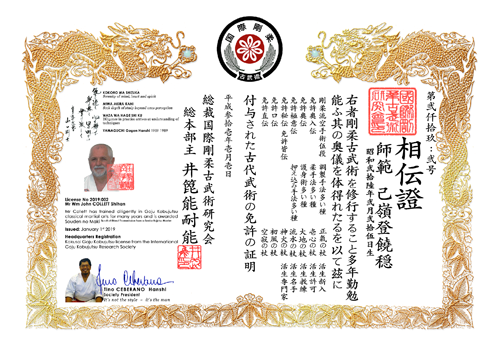
created with
Website Builder Software .